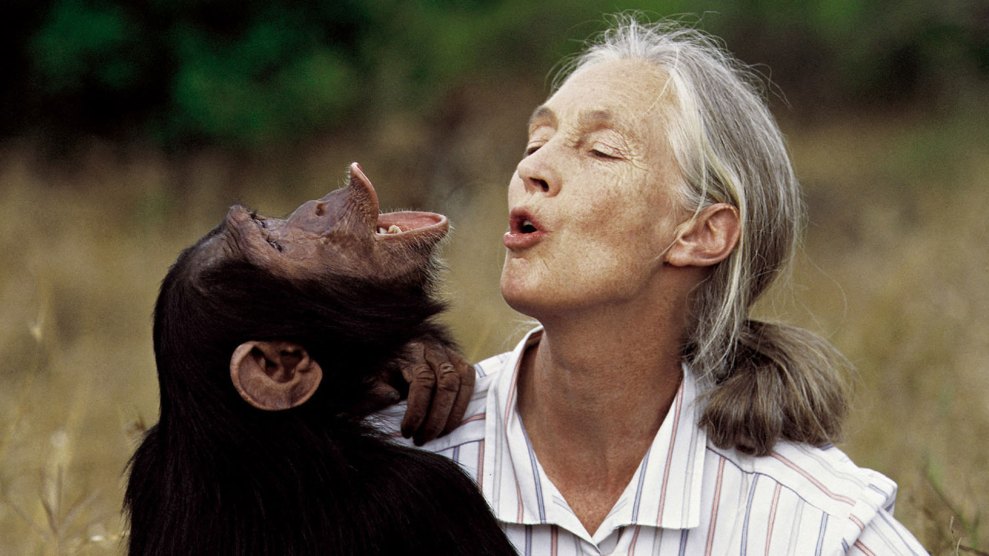June 5, 2002: President Bush disses a study from his own government that emphasizes that climate change is human caused and will have serious impacts on the United States. Bush calls it a “report put out by the bureaucracy.”
Sept 15, 2002: An annual epa report on air pollution omits its section on global warming “for the first time in six years,” reports the New York Times.
June 19, 2003: The Times reveals that the White House has heavily edited the climate change section of another epa report—even removing references to a study by the National Academy of Sciences that the president himself had requested. epa scientists object, saying the report “no longer accurately represents scientific consensus on climate change.” The agency ultimately opts to leave climate change out of the report entirely.
June 8, 2005: More examples emerge of the White House editing climate science documents. This time the culprit is Philip Cooney, a former lobbyist for the American Petroleum Institute who now works at the White House Council on Environmental Quality. Cooney departs amid the scandal and takes a job with ExxonMobil.
Jan 29, 2006: nasa climate expert James Hansen goes public with charges that the administration sought to prevent him from openly discussing severe global warming risks. His chief oppressor? A twentysomething political appointee named George Deutsch, who describes his role as “to make the president look good.”
Oct 25, 2007: The White House edits congressional testimony on the public health impacts of climate change to be delivered by cdc director Julie Gerberding. Among the cuts: that climate change represents “a serious public health concern.”












